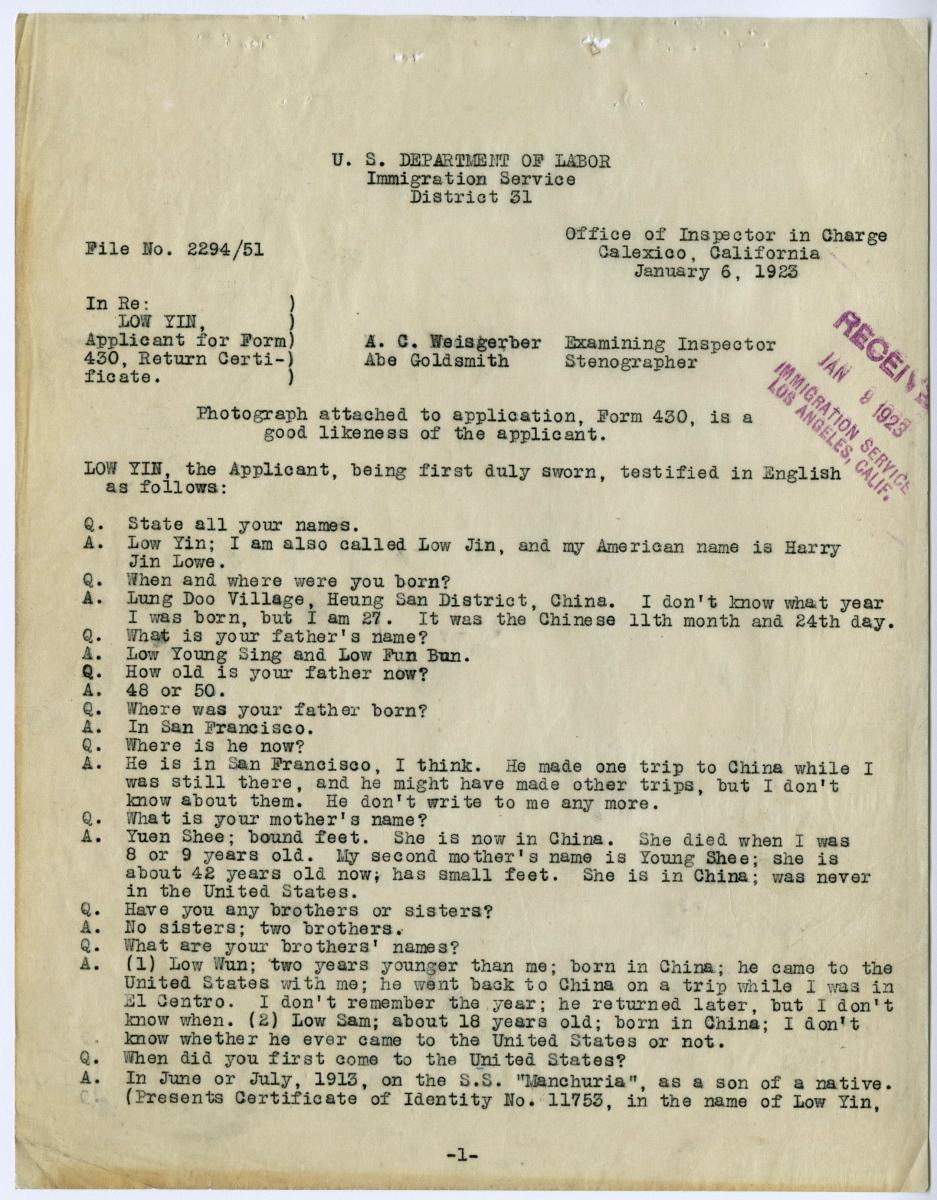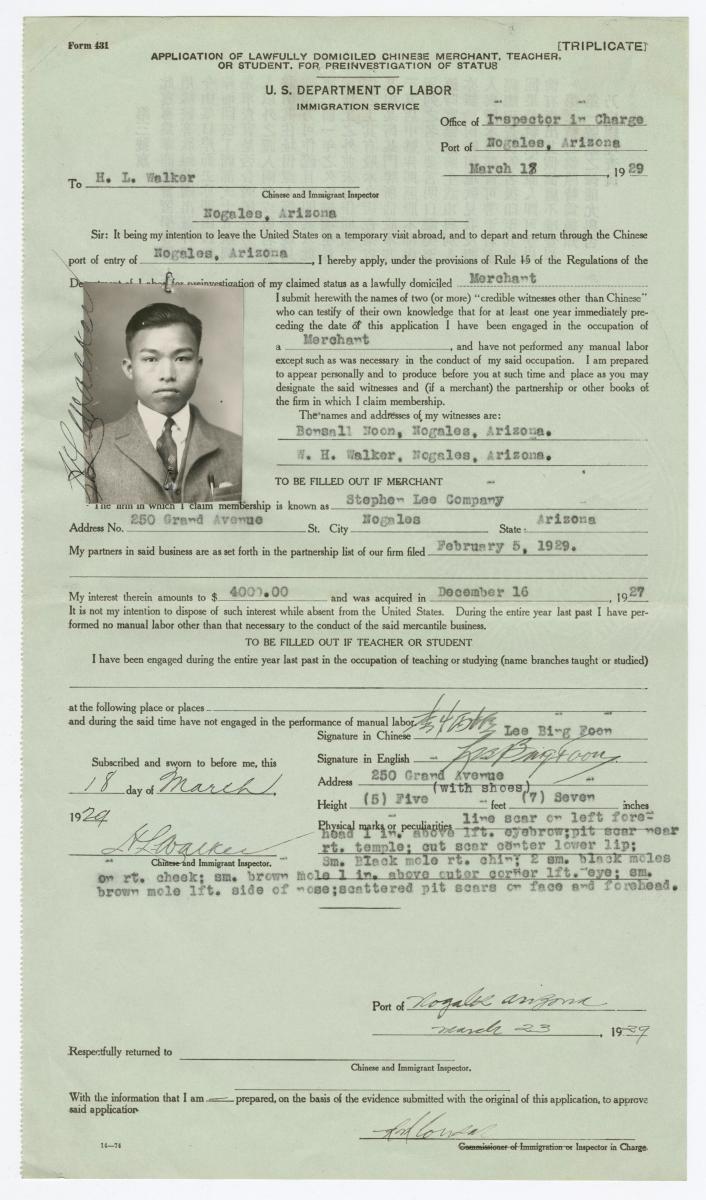
Tagging and Transcription for Chinese Heritage Records
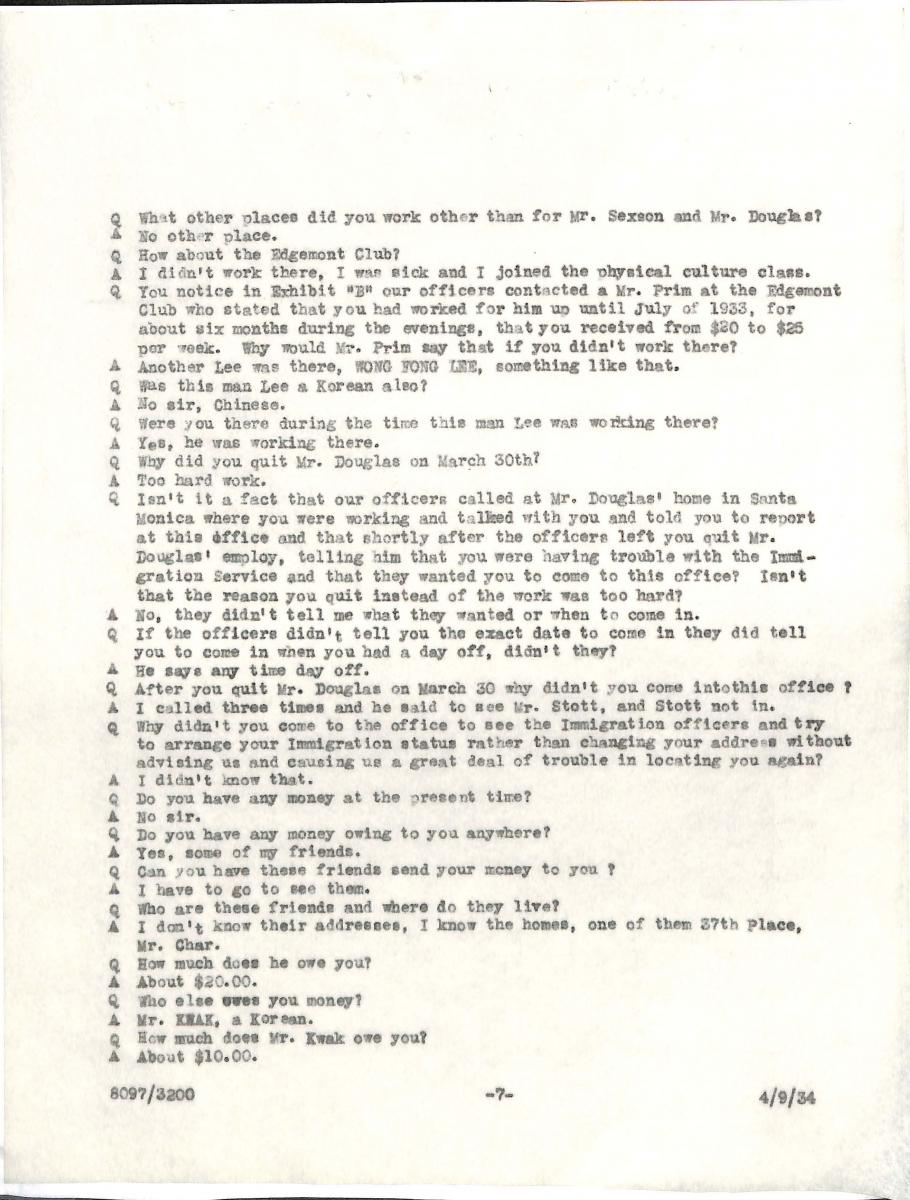
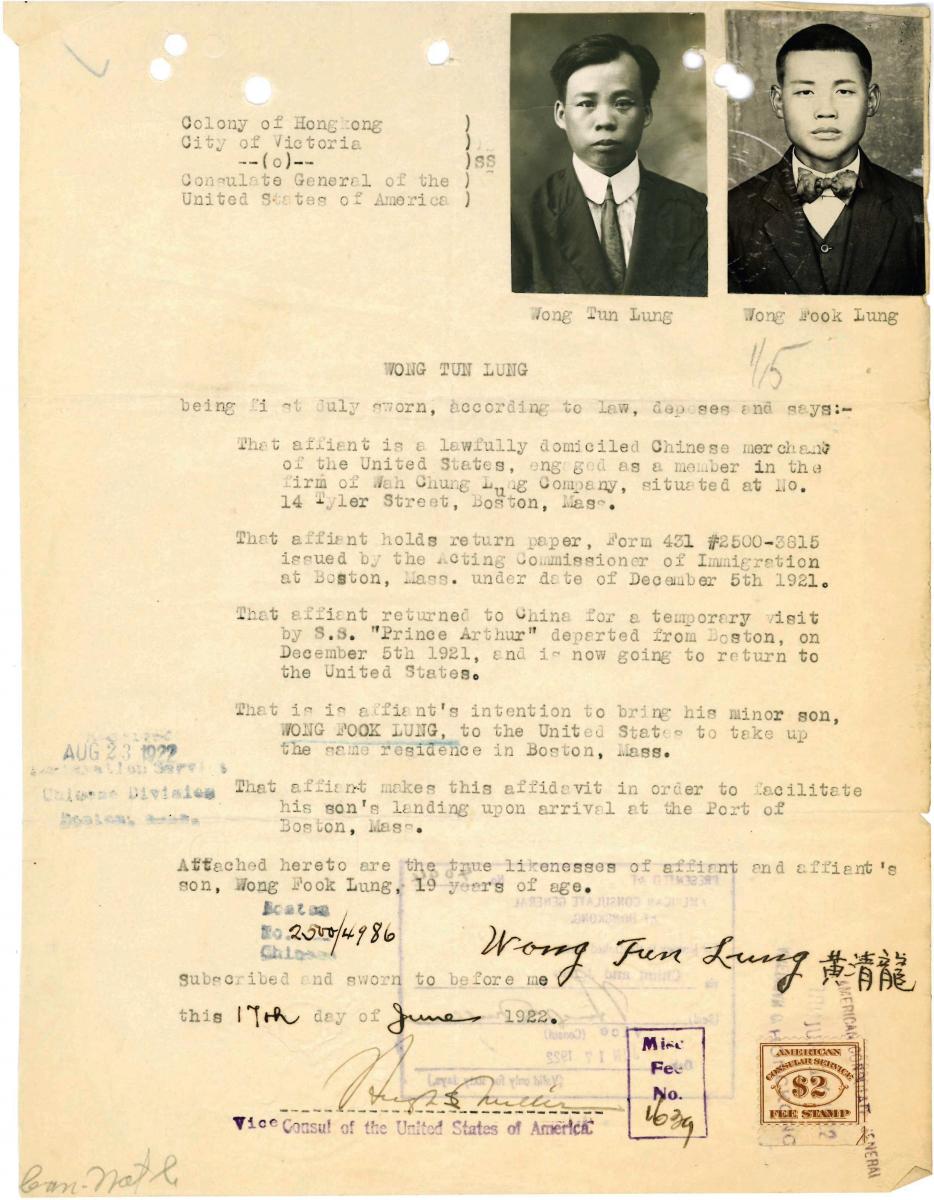
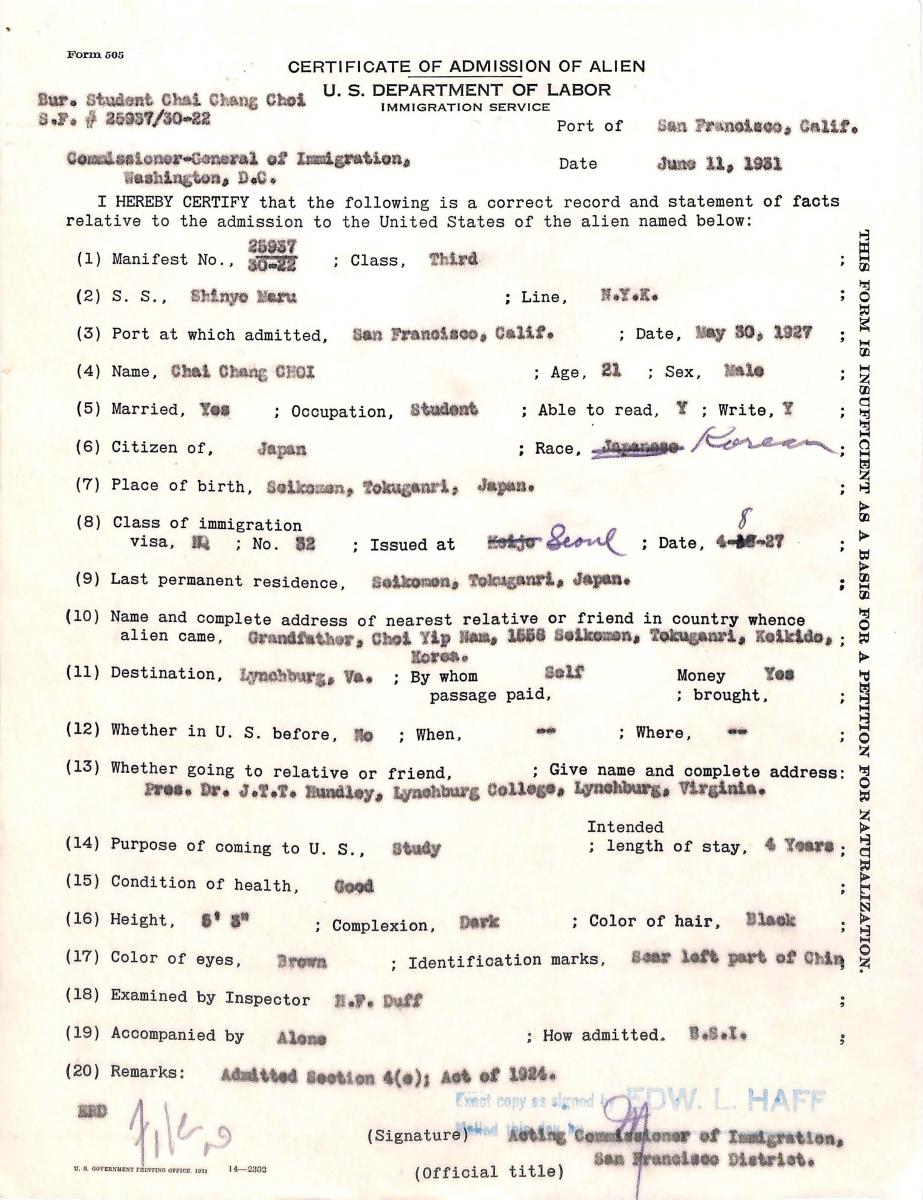
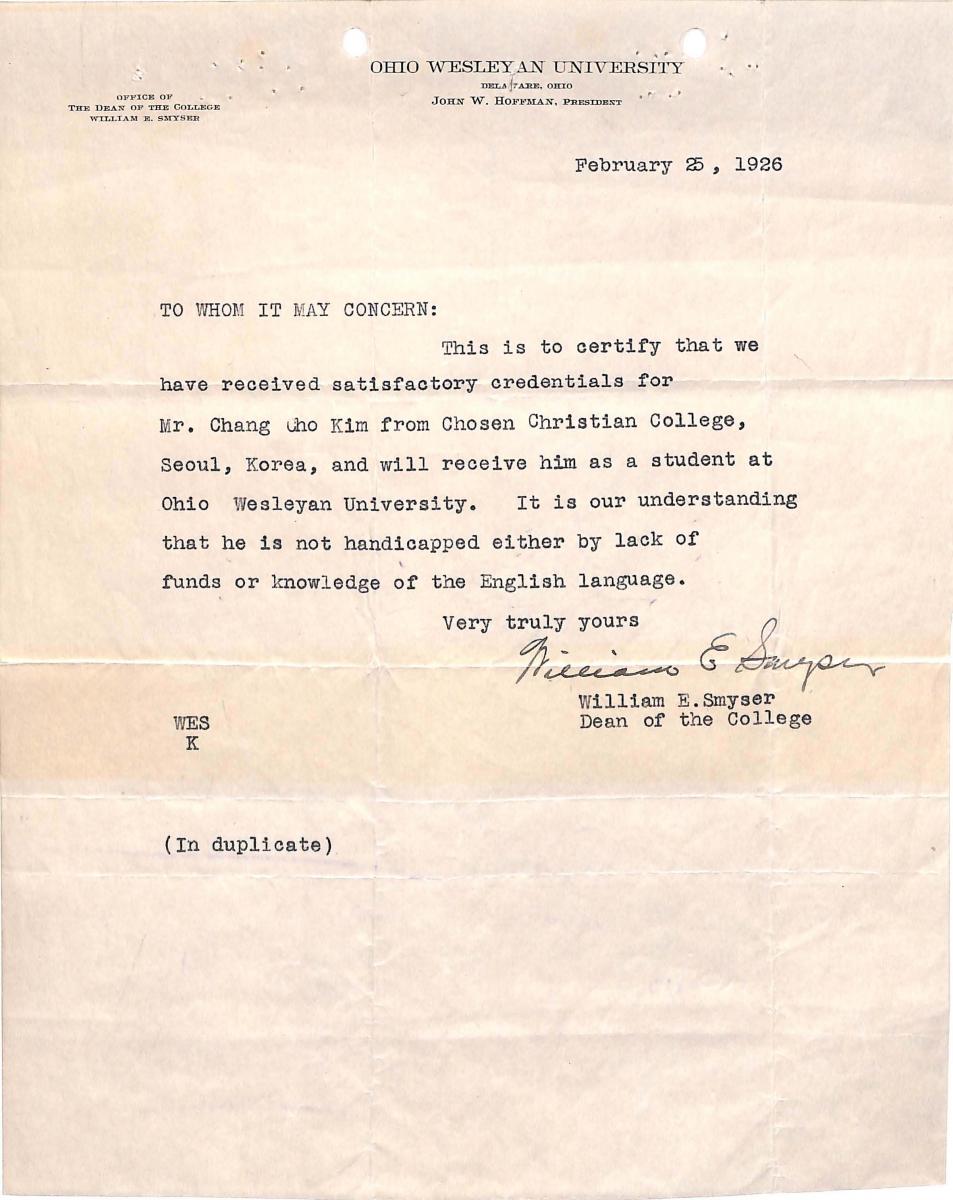
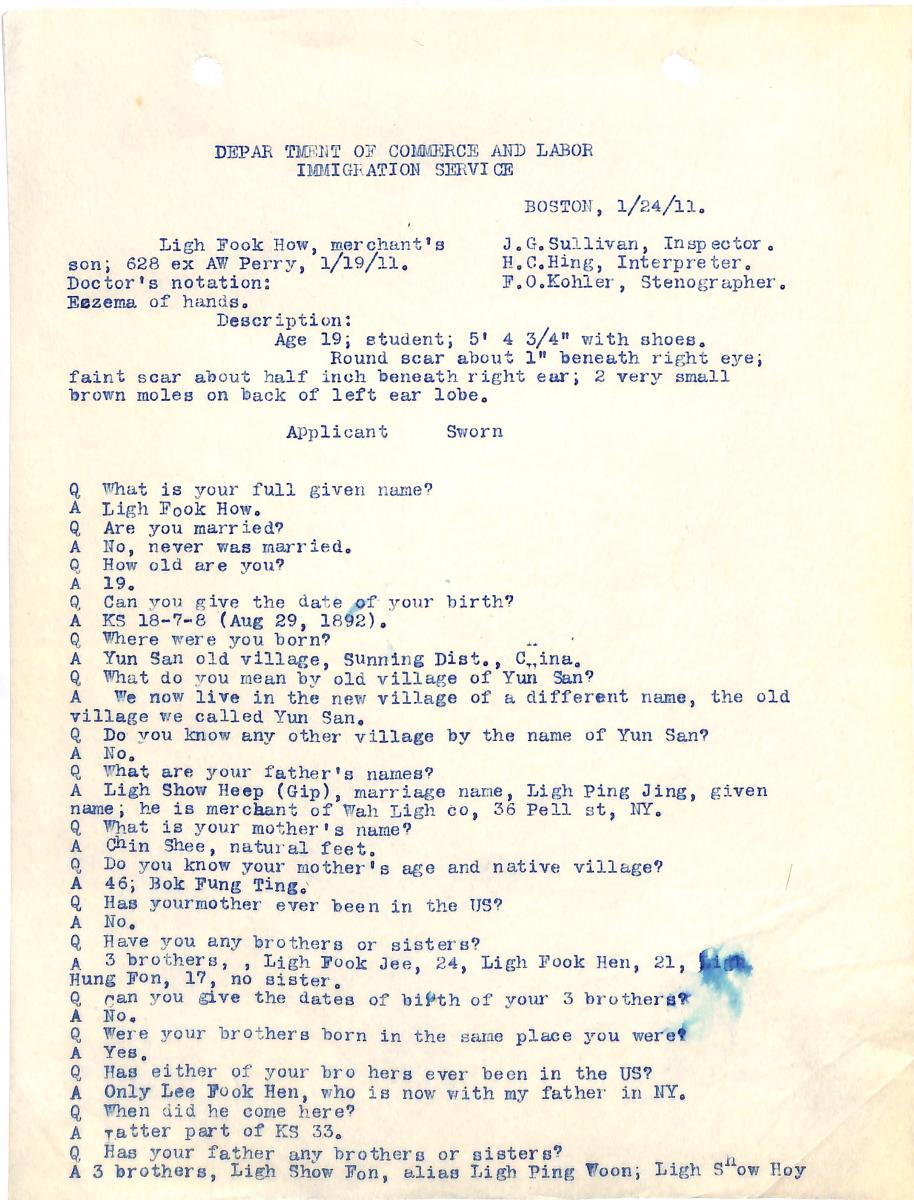
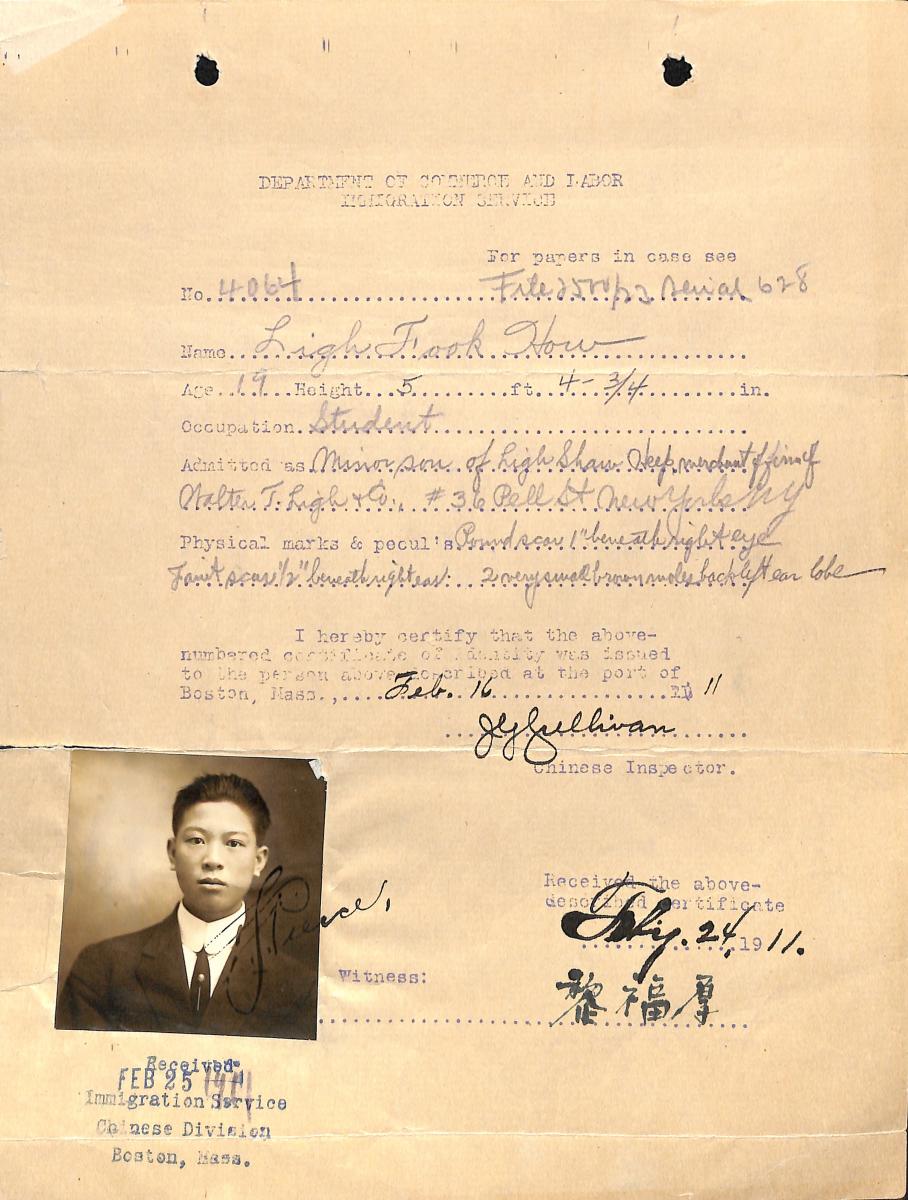
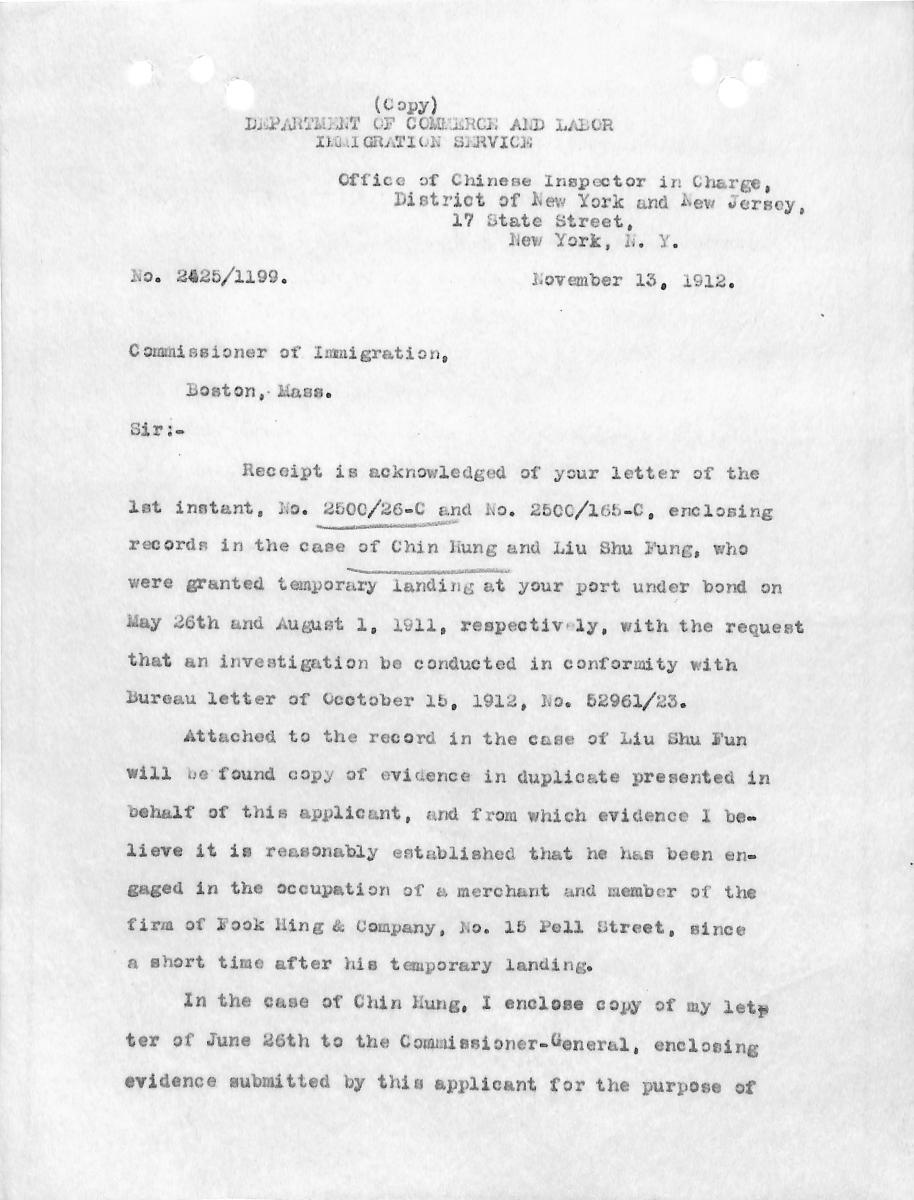
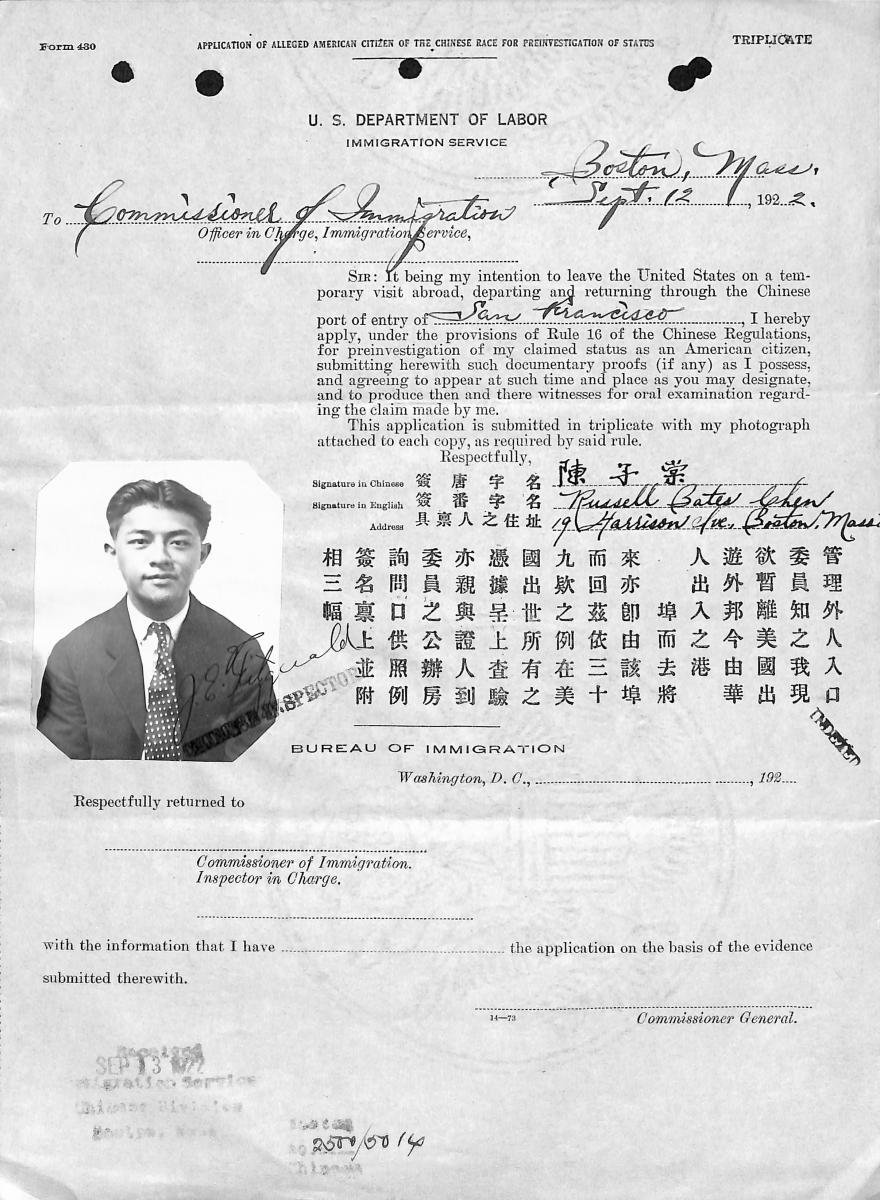
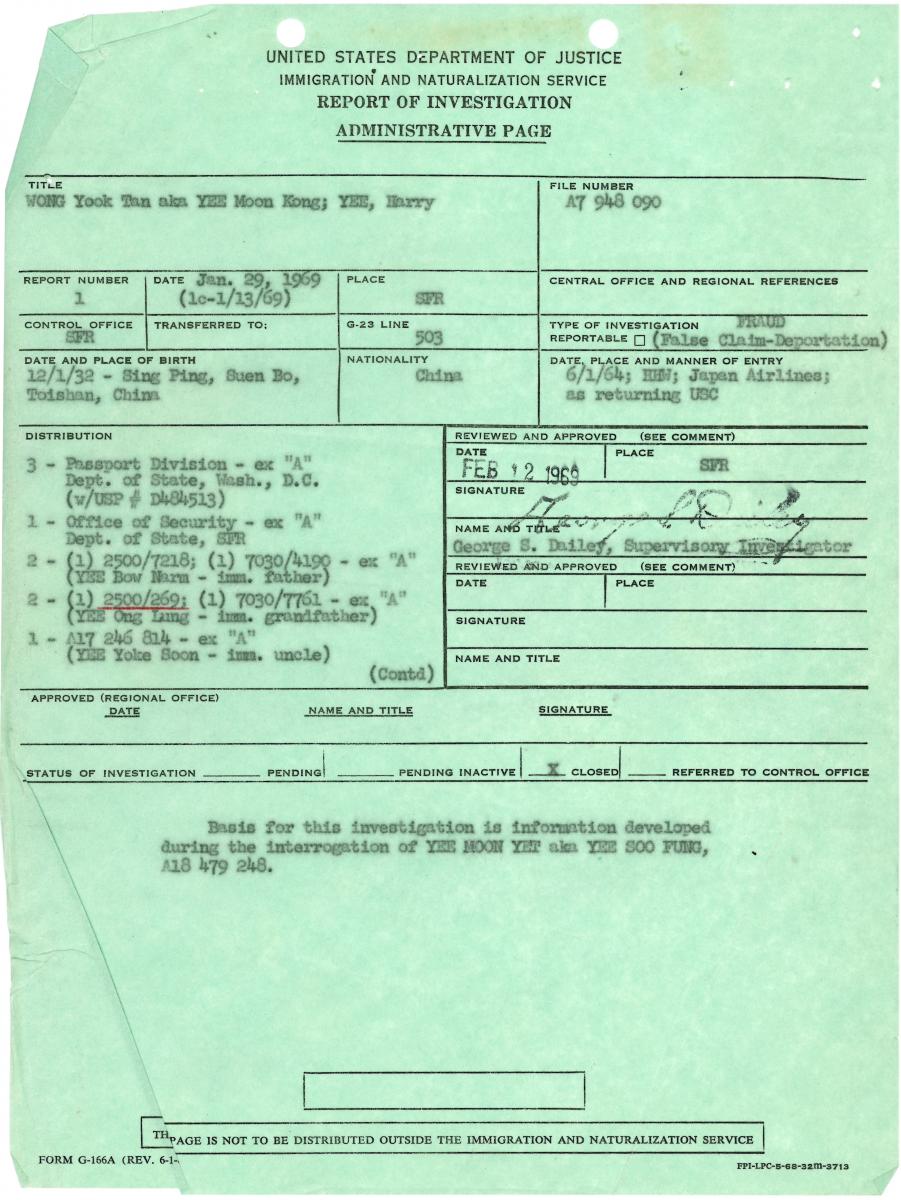
From 1882 to 1943 the United States Government severely curtailed immigration from China to the United States, passing a series of laws whose result was the documentation of international movements of many Chinese nationals.
Certain Federal agencies were particularly active in enforcing the exclusion laws, including the Customs Service, the Immigration and Naturalization Service (INS), which in 2003, became the United States Citizenship and Immigration Service (USCIS), and the U.S. District Courts.
Many of the records created to implement the Chinese exclusion laws are now in the custody of the National Archives and have been digitized. The records are a major resource for the study of Chinese immigration and Chinese-American travel, trade, and social history from the late-19th to mid-20th century. Because many documents relate to individual immigrants, they are invaluable for the study of Chinese and Chinese-American family history.
For more information about these records, please visit us online at https://www.archives.gov/research/chinese-americans
Please help us tag, comment, and transcribe these records for greater access.
New to the Citizen Archivist program? Learn how to register and get started.
Already have an account? Login here.
Questions? See our FAQ below.
Note: When you see a blue tag on a thumbnail image of the record, it indicates that a contribution has been made to that page. For this project, you may wish to continue to review pages that already have blue tags to determine whether additional contributions (tags, transcriptions, and/or comments) can be made.
Tags
For this special project, we are looking for specific tags that will help provide greater access to these records. Please review the following guidance to create consistent tags for these records.
Create tags for the following eight fields of information:
|
Name: Create a single tag for the entire name, as written in the document. Examples: |
Aliases: Create a single tag for each alias listed in the file. Examples: |
|
Occupation: Create a single tag for each occupation of the individual. Some common occupations were: |
Current Residence: Use the following format for consistency: Examples: |
|
Village/Home District: Create a single tag for each location. Use the following format for consistency: City State (and country if outside USA). Be sure to omit any commas. Examples: |
Associated Cities: Create a single tag for each location where the individual has lived and worked. Use the following format for consistency: City State (and country if outside USA). Be sure to omit any commas. Examples: |
|
Name of Witnesses: Create a single tag for the entire name of each witness, as written in the document. Examples: |
Occupation of Witnesses: Create a single tag for each occupation of each witness. Some common occupations were: |
Comments
For additional searchability, you can add comments for the file. Some guidance on creating consistent comments for these records:
- The comments can include information from the file on the following fields: Name; Alias; File Number; File Date; Residence; Associated City; Age; Estimated Date of Birth; Village/Home District; Date of Original Immigration; Vessel Name(s); Date of Prior Visit(s); Occupation; Name of Company; Partner in Business; Previous Occupation; Association Names/Files; Registration Number; Registration Location/Date.
- Create a separate comment for any additional noteworthy information you find in the file.
- For consistency, the comment structure should include the field title followed by a colon (:) then the information. Separate each field by a semi-colon (;).
- Example: Name: Ping Kong Pung; Alias: Pang Kong Ping; File Number: 494/55; File Date: 1928; Associated Cities: Los Angeles, California,Hawaii; Age: 32; Estimated Date of Birth: 11/20/1895; Date of Prior Visit: 1914; Occupation: Dentist, Student
Frequently Asked Questions (FAQ)
